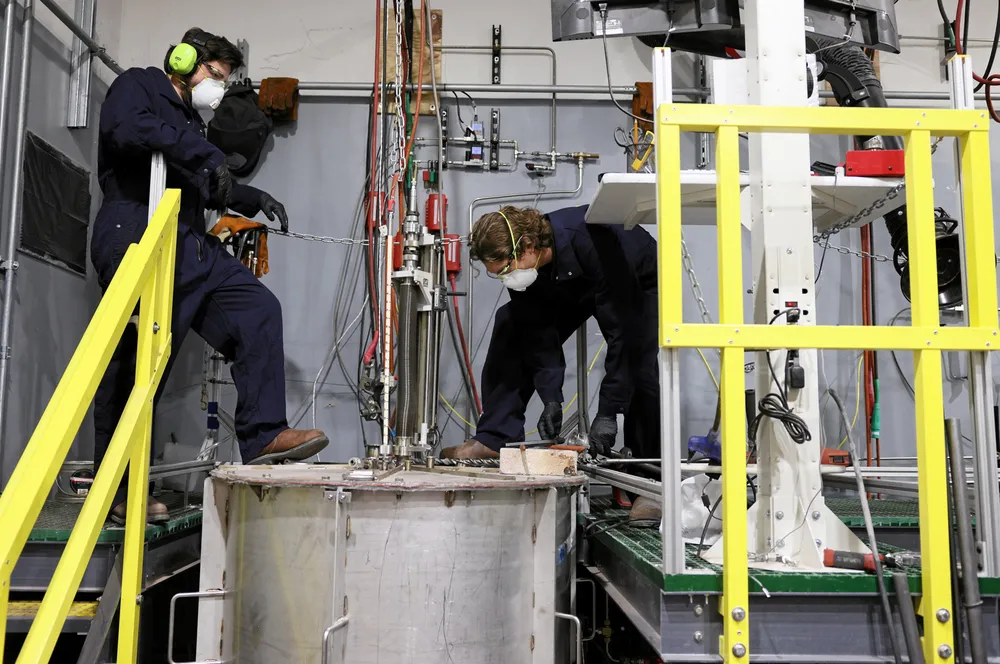This new technology could kill the business case for hydrogen in green steel production
Molten oxide electrolysis may prove to be a cheaper option than direct iron reduction — if start-up Boston Metal can demonstrate it works at scale

Molten oxide electrolysis may prove to be a cheaper option than direct iron reduction — if start-up Boston Metal can demonstrate it works at scale
